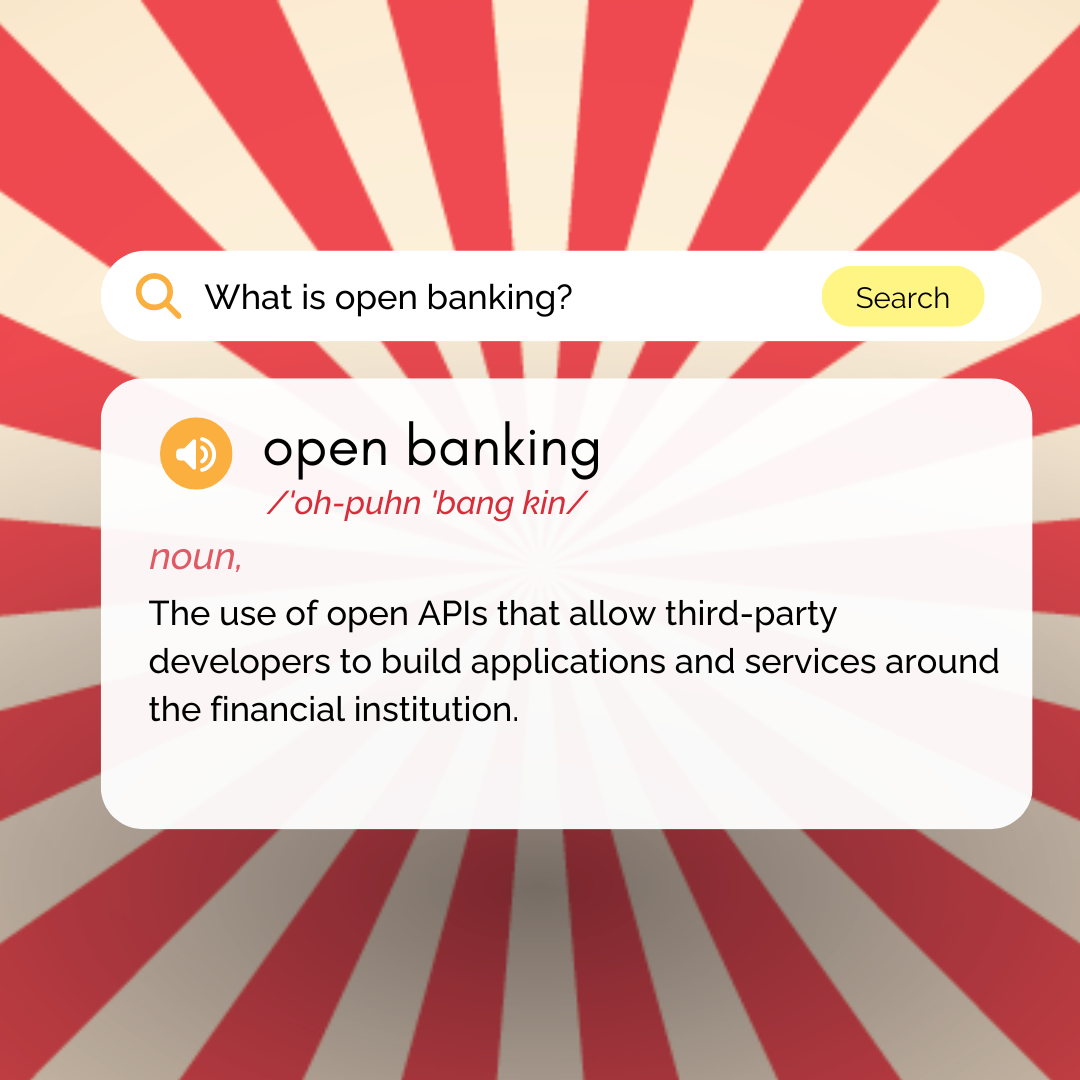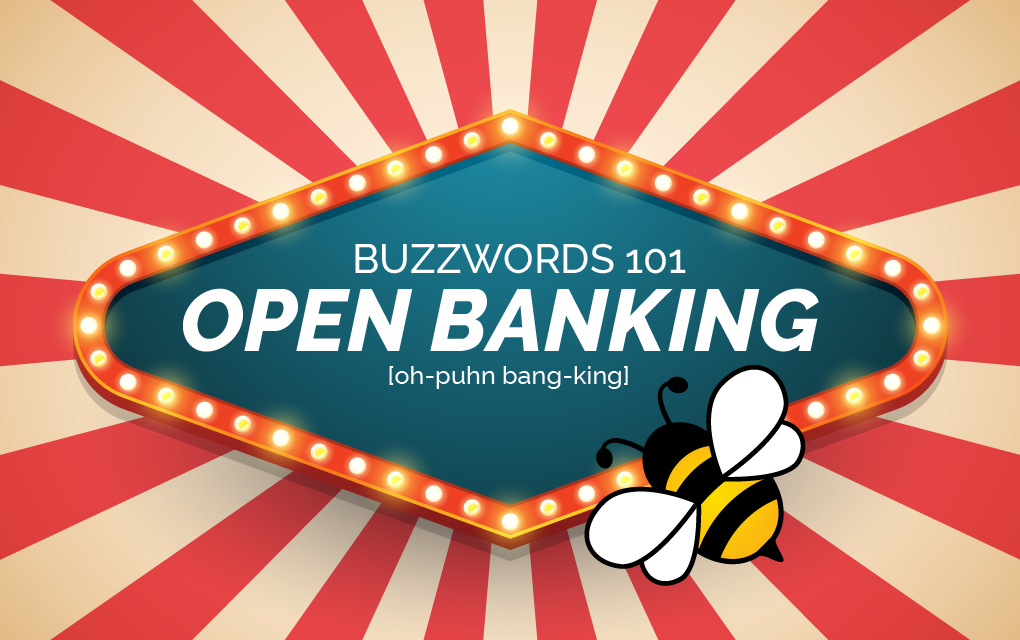Buzzwords 101: Open Banking
Do you remember about 20 years ago or so when account aggregation first became a thing? Various companies, known as account aggregators, allowed consumers to view their accounts from multiple institutions on a single screen.
The process by which these aggregators collected all this data did have its shortcomings. First, as the consumer, you had to entrust all your account login credentials to the aggregator so they could gather your data from each institution. Second, the aggregator gathered your data by a process affectionately known as screen scraping. In other words, they would log into your account just like you would and then “scrape” whatever data they found. Because of this cumbersome and unsecure procedure, your data was only updated once per day.

Consumers were apparently so excited to be able to see all their accounts in one place that they didn’t notice they couldn’t really do anything with their data at that point.
Fast forward to 2022 and things are quite different. Today’s tech-savvy consumer wants maximum convenience 24/7. The financial services industry has met the call with open banking.
Think of open banking as the natural evolution of screen-scraping account aggregation. The big difference is that the technology driving connectivity has vastly improved. Instead of scraping a screen once a day, a third-party provider can connect to your financial accounts via API in real-time. This in turn makes your financial data actionable, meaning you can actually do something with it now.
For example, consider the various subscription management services that are available. First, you give one of these services access to your checking account via an open banking model. Then the service scours your account looking for recurring payments. It reports those all to you and then, if you want, helps you cancel any subscriptions you no longer need.
Simply put, an institution that doesn’t get involved with open banking risks losing accountholders to institutions that do offer that convenience. However, there is potential peril. Community financial institutions have long enjoyed tight control over their relationships with their account holders. The more you expose your accountholders’ data to third-party financial organizations and fintech, the less your accountholders will rely on you and the more you risk losing control of that relationship.
Definitely tread into open banking, but tread carefully. And as you do, keep a close eye on evolving industry standards for open banking. ISO20022, which was embraced by both Real-Time Payments (RPT) and FedNow, has potential, but it’s still a bit early. Most important, though, is to beware of companies that try to implement their own “standard.” Remember, if your standard is different from my standard, neither of us really has a standard.





